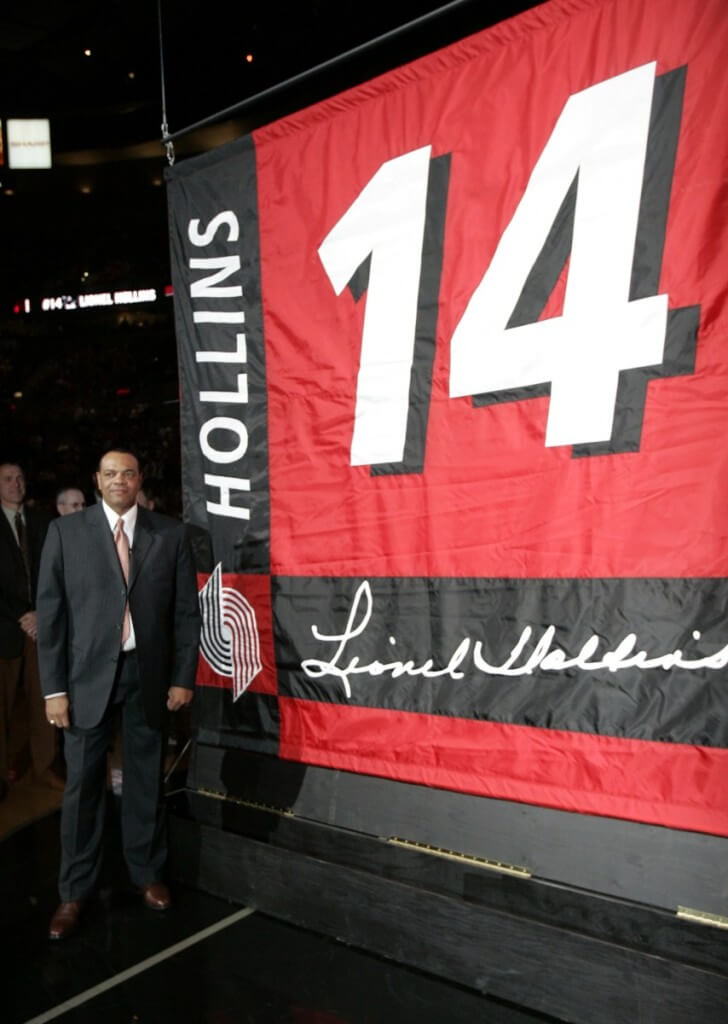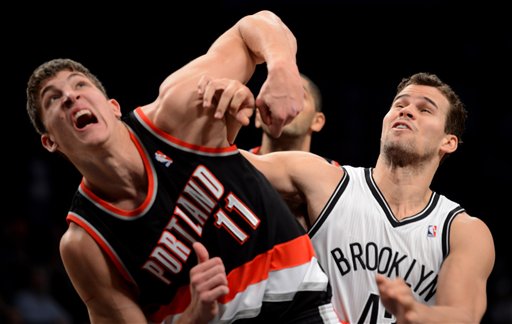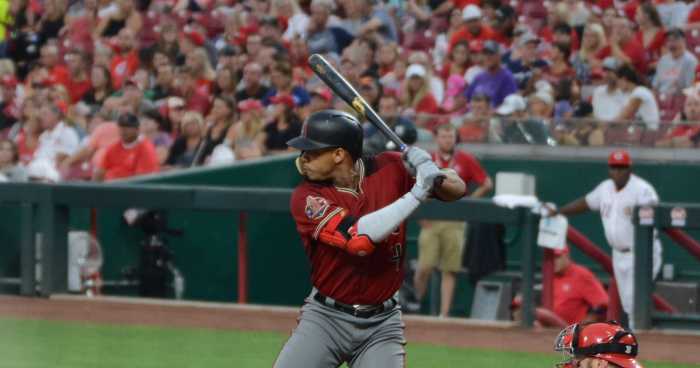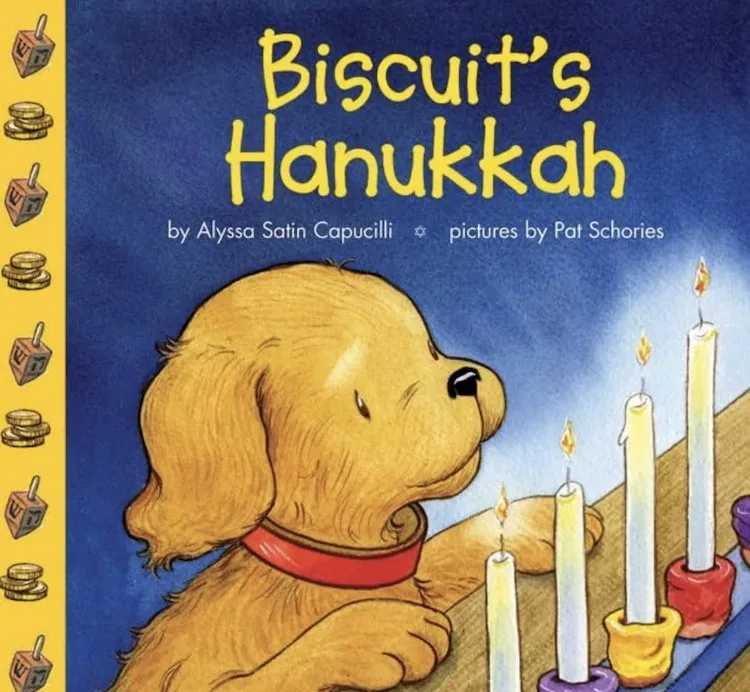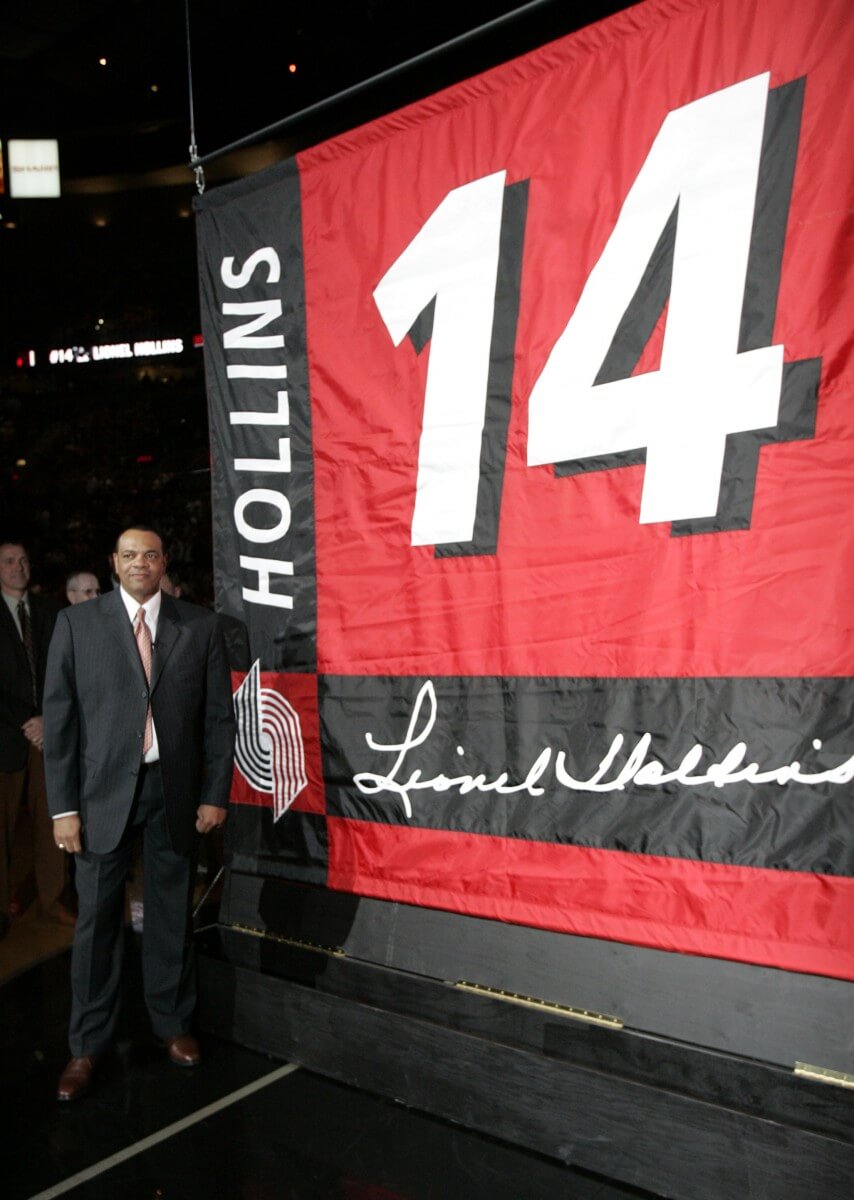
The Brooklyn Nets are in Portland tonight to take on the Portland Trail Blazers, and the ties between the two teams go deeper than twin starting centers Brook and Robin Lopez.
Nets coach Lionel Hollins played with the Trail Blazers from the beginning of his career in 1975 until they traded him in 1979, earning one All-Star appearance. Hollins said before the team’s trip that he doesn’t see any real significance to going back, other than seeing friends that he knows that still live in the area. He’s gone back multiple times as coach, two times per year when he coached with the Memphis Grizzlies.
The Breaks of the Game by David Halberstam, perhaps the most insightful book written about a basketball team, details the 1979-80 Portland Trail Blazers season, two years after they had gone 50-10 prior to an injury to Bill Walton and then subsequently traded him away, and three years after the Trail Blazers had won the NBA championship. The book details the rebuilding process, as well as the shifting landscape of NBA salaries and personalities, with Lionel Hollins, then a point guard on the Trail Blazers, as one of the central characters.
The book, which you can buy here if you don’t have it already, describes Hollins the player and the man in great detail. Below is an excerpt for your enjoyment, including my favorite story about him, when Hollins, still adjusting to the fans in Portland, spun in full circles on the bench, giving the crowd the middle finger as they booed him:
For Lionel Hollins was in many ways the prototype of the best of modern professional athletes, more talented, more creative, better educated, and at the same time, more sensitive and delicate emotionally, than an older generation. The normal wounds of professional athletic life — those incurred on the court, those caused by what the coach did or did not do, or by that which was published — lingered long with Hollins. It had, for example, taken him longer to adjust to Portland and its fans than it did other players.
When he first arrived, black, aloof, proud, he had been pressed into immediate action by Lenny Wilkens, then the coach, one of the league’s great guards himself, who saw in Hollins the backcourt man for Portland’s future. But his early years on that team were not easy, he was too quick for some of his teammates, his style of play too complicated for some of the Portland fans, still new to the professional game, to appreciate. He had also taken away some playing time from Larry Steele and there had been residual resentment over that. The crowd rode him hard, and Hollins responded to it. There had been one memorable night when the crowd booed him — there had been several turnovers — and Lionel had pranced gracefully in front of the bench, pirouetting the full three hundred sixty degrees in light ballet, raising aloft his hands and his middle finger in an age-old symbol of defiance.
Hollins thought that some of the crowd’s resentment towards him was racial; soon after his arrival in Portland he had been interviewed on local television in the company of his then wife, who was white. Wilkens worried in those days whether he was pushing Hollins too quickly, subjecting him to too much pressure — Hollins, after all, was his man. He thought that the main problem was that Hollins was a better player than the fans were as yet prepared for. He did things on the court that they were not yet able to see. Later, after the championship year, Lenny Wilkens was amused when the Portland fans talked of how Lionel Hollins had improved; in his view it was the crowd which had improved in its appreciation of the essence of basketball.
Again, here’s that link to buy the book. If you haven’t already, you should.

